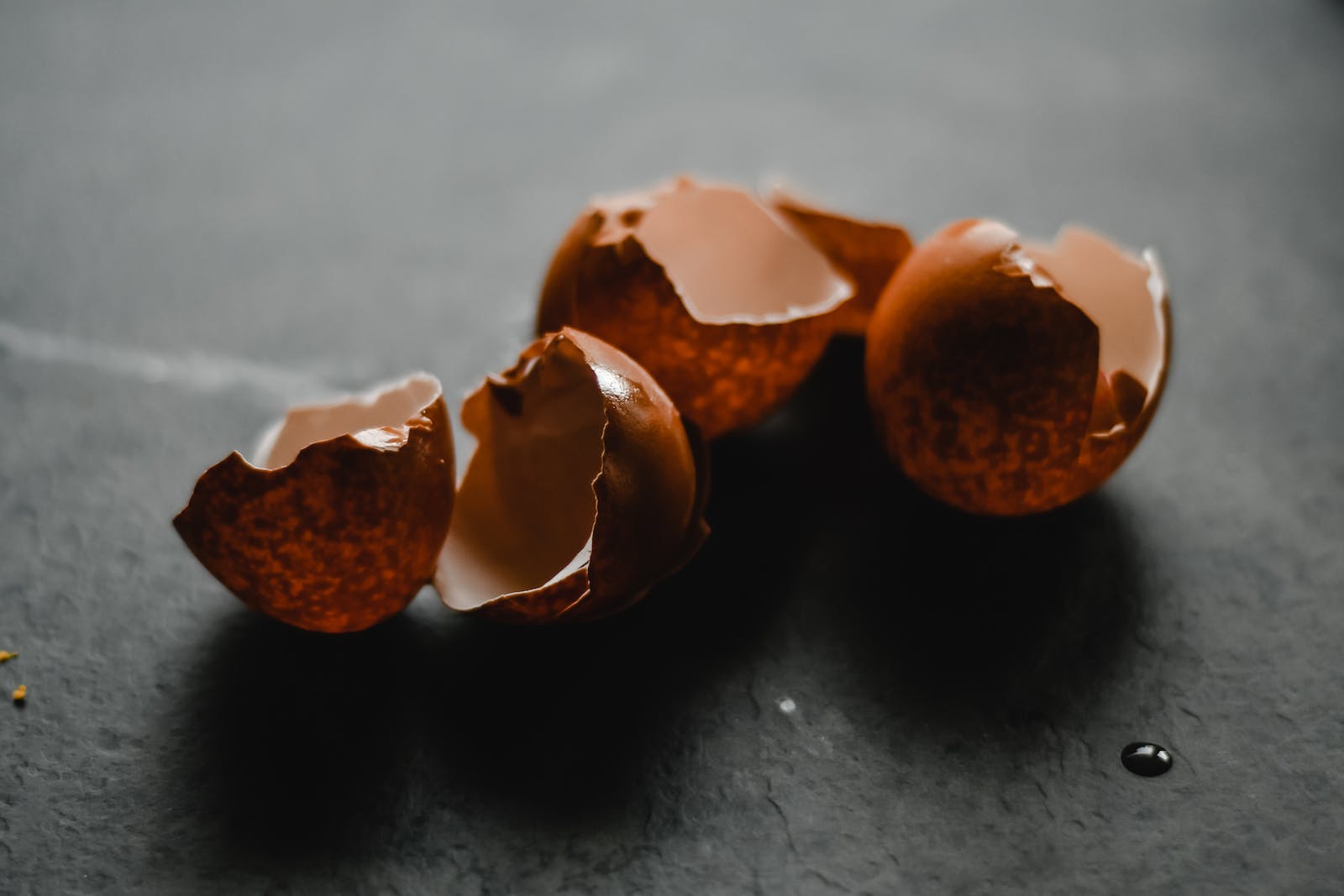
Making Your Own Natural Fertilizer For Indoor Plants
As indoor gardening continues to gain popularity, an increasing number of people are looking for strategies to maintain the health and vitality of their plants. Fertilization, which supplies vital nutrients to enable growth and development, is one crucial component of plant care. Despite the availability of numerous commercial fertilizers, some indoor gardeners like using natural alternatives because they are safer for the environment and their health. The advantages of natural fertilizers will be covered in this blog, along with detailed instructions on how to create your own at home that can help you fertilize your vegetable garden.
Why choose natural fertilizers?
The synthetic chemicals used to make conventional fertilizers frequently endanger human and animal health as well as the environment. These fertilizers can also be expensive and may need to be applied frequently to keep plants healthy. On the other hand, organic resources that are easily accessible, free, or inexpensive are frequently used to make natural fertilizers. An additional tip is that they give your plants long-lasting advantages by gradually releasing nutrients over time.
Natural Fertilizers: Types
For indoor gardeners like the Herbstation, there are numerous natural fertilizer options available. Here are some of the most well-known choices:
Composting: Composting is the process of turning organic waste, such as leaves, yard trimmings, and food scraps, into a nutrient-rich soil supplement. Compost may boost the soil's health and supply nitrogen, phosphorus, and potassium, three crucial nutrients, to your indoor plants.
Worm casting: Earthworms are a valuable source of nutrients for plants. Their castings are the waste products for earthworms, but it is rich in phosphate, potassium, and nitrogen, as well as helpful bacteria and microbes that enhance the health of the soil.
Manure: For indoor plants, animal manure, such as that from a cow or a chicken, can be a useful source of nutrients. To avoid damaging bacteria or scorching the plants, it should be aged or composted before use.
Fish Emulsion: Made from decomposing fish, fish emulsion is a rich source of potassium, phosphate, and nitrogen. It can be sprayed directly on the soil or mixed with water to create a foliar spray and is frequently used as a liquid fertilizer.
Epsom Salt: Epsom salt is a naturally occurring supply of sulfur and magnesium, two elements crucial for plant growth. It can be sprayed directly on leaves or mixed with water and put to the soil.
Now that you know about the different types of natural fertilizers, let’s look at how you can make your own at home.
Natural Fertilizers: Making Your Own Natural Fertilizer
- Compost Tea: To make compost tea, soak the organic material in water for a while, then sift the sediments. Fill a bucket with water and a couple of scoops of compost to prepare compost tea. Stir the mixture every few hours as it sits for between 24 and 48 hours. Use the liquid that is left after straining it through a cheesecloth or fine mesh sieve to water your plants.
- Worm Casting Tea: Tea created from worm castings rather than compost is known as worm-casting tea and is brewed in a manner similar to compost tea. Some worm castings should be added to a pail of water. Stir the mixture every few hours as it sits for between 24 and 48 hours. Use the liquid that has been strained to water your plants.
- Banana Peel Fertilizer: Banana peels are a great source of potassium, which is important for plant growth and development. To make banana peel fertilizer, chop up banana peels and bury them in the soil around your plants. The peels will decompose over time, releasing nutrients into the soil.
- Epsom salt: Magnesium sulfate, usually referred to as Epsom salt, is a natural mineral that can enhance plant health and growth. It contains sulfur and magnesium, two vital elements for plant growth. Use it to water your plants once a month by dissolving 1 tablespoon of Epsom salt in 1 gallon of water.
- Eggshells: Eggshells are a fantastic source of calcium, which is necessary for the growth and development of plants. Crush them up into tiny pieces and scatter them on the soil around your plants to use them. They can also be used to provide calcium to your compost pile.
- Banana peels: Banana peels are a good source of potassium, which is necessary for the growth of flowers and fruits. Cut them into small pieces, then bury them in the soil close to your plants to use them. Banana peels can also be steeped in water for a few days to make banana peel tea, which you can then use to water your plants.
- Seaweed: Rich in nutrients, vitamins, and plant growth hormones, seaweed is a natural fertilizer. In addition to utilizing dried seaweed as a soil conditioner, you can also produce seaweed tea by letting it steep in the water for a few days and then using the resulting liquid to water your plants.
- Fish emulsion: Fish wastes are used to create fish emulsion, a liquid fertilizer. It is abundant in nutrients like nitrogen and phosphorus, which are necessary for plant growth. It should be diluted with water in accordance with the directions on the packaging before being used to water plants.
- Manure: Rich in nutrients and organic materials, manure is a natural fertilizer. You can fertilize your indoor plants using cow, horse, or chicken dung. However, use caution as using too much will cause your plants to burn. Use it moderately and mix it with compost or soil before usage.





Leave a comment